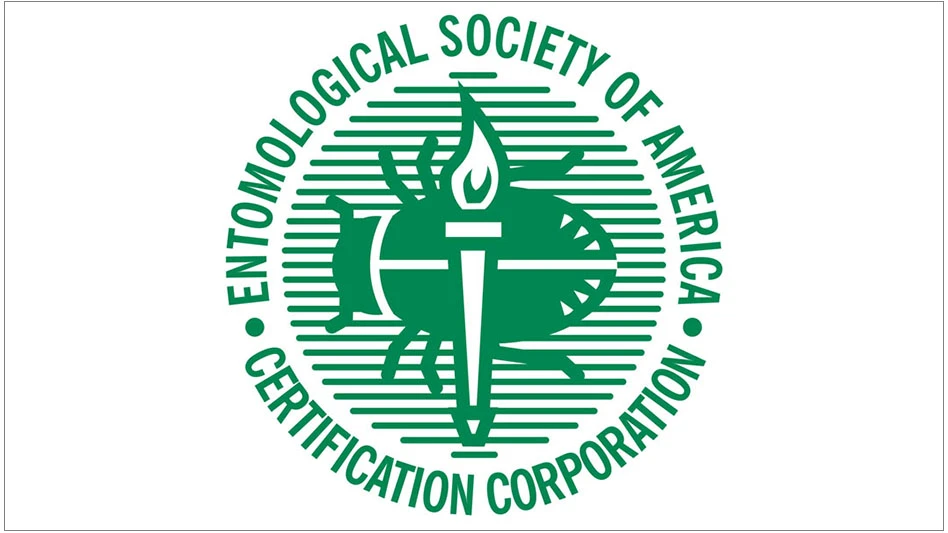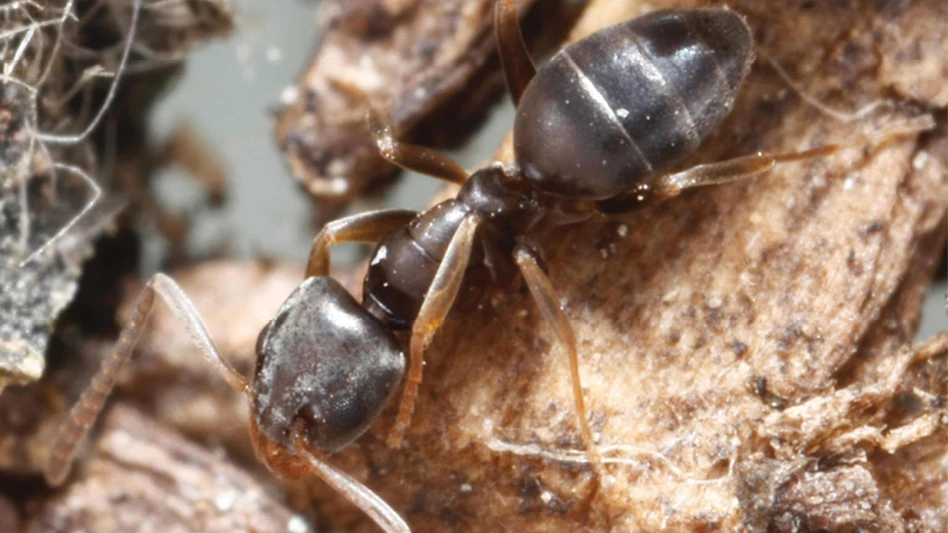
University of Florida
DAVIE, Fla. - A team of students from the University of Florida Institute of Food and Agricultural Sciences (UF/IFAS) determined that less is more when it comes to just how many members of a subterranean termite colony must consume a chemical known as a chitin synthesis inhibitor (CSI) before the colony is eliminated.
The study, published in the Journal of Pest Science, takes a closer look at how much bait it takes to eliminate a subterranean colony.
As a prominent industry standard used in bait systems, CSI baits were first commercially used in the mid-1990s. Bait systems work as slow-acting agents. Current commercial formulations can provide a cost-effective and sustainable solution against potential damage from subterranean termites.
“If termites feed on the bait, it can lead to colony elimination in a few months, as University of Florida researchers have demonstrated in the past three decades through dozens of keystone studies,” said Thomas Chouvenc, an assistant professor of urban entomology at the UF/IFAS Fort Lauderdale Research and Education Center (REC).
“One of the remaining questions we had was, how many termites feeding on the bait does it take to reach colony elimination?” said Johnalyn Gordon, who recently graduated from UF/IFAS with a master’s degree.
“From a previous study in our lab, we knew that it only takes a day of termites feeding on bait to reach a colony-wide lethal dose, but how many termites within the colony need to actively feed on the bait remained unclear,” added Joseph Velenovsky, a doctoral candidate at UF/IFAS Fort Lauderdale REC.
Both students, under the supervision of Chouvenc, worked with 1.68 million termites at the Fort Lauderdale REC to answer this question.
“They used 27 large colonies of termites that the team spent four years rearing in the lab, with approximately 62,500 termites in each of them,” explained Chouvenc.
“It was quite a task to accomplish to show that food sharing behaviors of the bait were happening at the termite colony level, from just a fraction of foragers,” Chouvenc said.
The efforts of the graduate student duo paid off. They were able to determine that it takes less than 5% of the entire termite population of a colony feeding on a bait station for a short duration to reach colony elimination.
More critically, they demonstrated that it only takes 77 milligrams of a termite-specific pesticide to eliminate one million termites, confirming that CSI termite baits remain the most environmentally-friendly termite control technology available.
“It was remarkable to observe that only a small portion of foragers feeding on bait was sufficient to kill the colonies,” Velenovsky said.
“Even more remarkable, if a small number of workers feed on a tiny amount of bait for just a few days, the colony has already reached a ‘point of no return’ and is doomed to be eliminated within 90 days,” explained Gordon.
The study concluded that even if subterranean termites can be seen in baits stations for up to three months, the colony is technically already in the process of dying within the first week, even after a small number of termites feed on it.
”If the termites feed on the bait, they are already dead, but they don’t know it yet,” concluded Gordon.
Latest from Pest Control Technology
- Tips to Maintain Backpack Sprayer's for Maximum Productivity
- Ecolab Reports Strong 2024 Financial Performance
- All U Need Pest Control Announces Entomology Certifications
- Eve Pappas on Continuing to Mentor the Next Generation of PMPs
- NPMA’s 2025 Women's Forum Registration Opens
- NCPMA Hosts 75th Pest Control Technician's School
- Pest Pros Pest Solutions Promotes Frank Cropper
- Pest Management Foundation Announces 2024-2025 Student Scholarship Recipients





